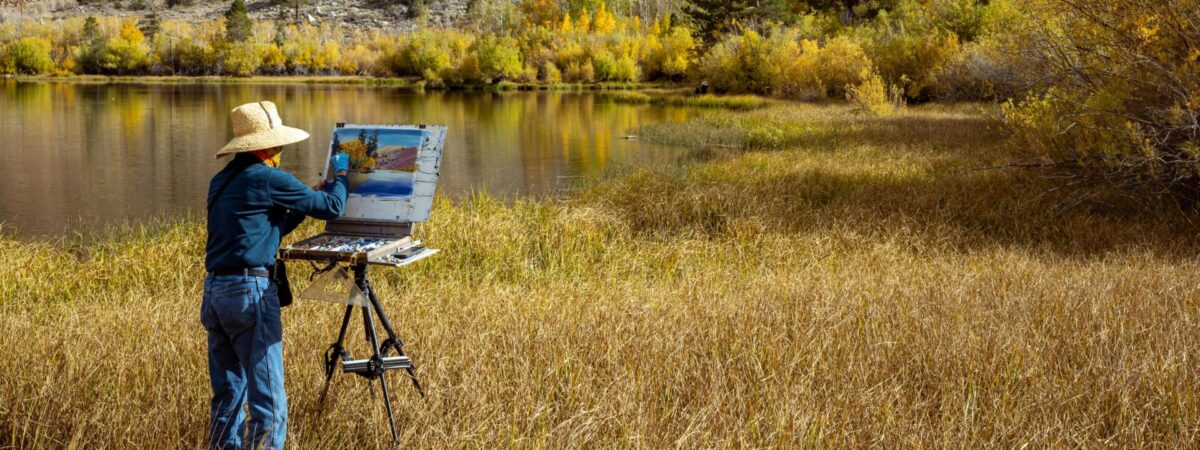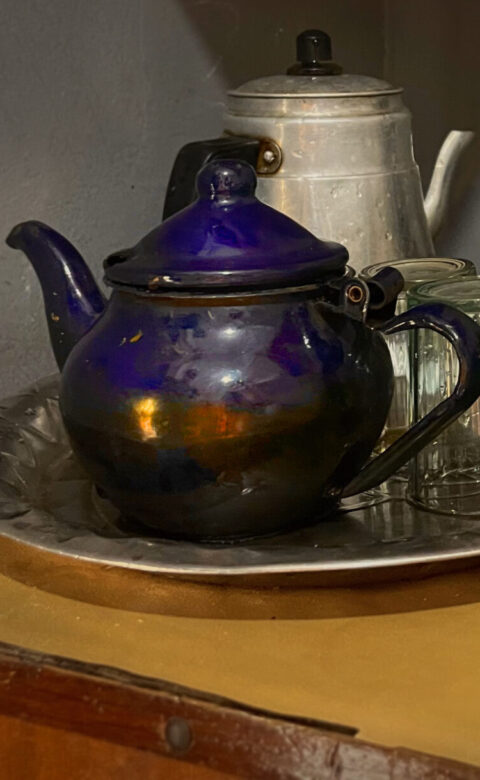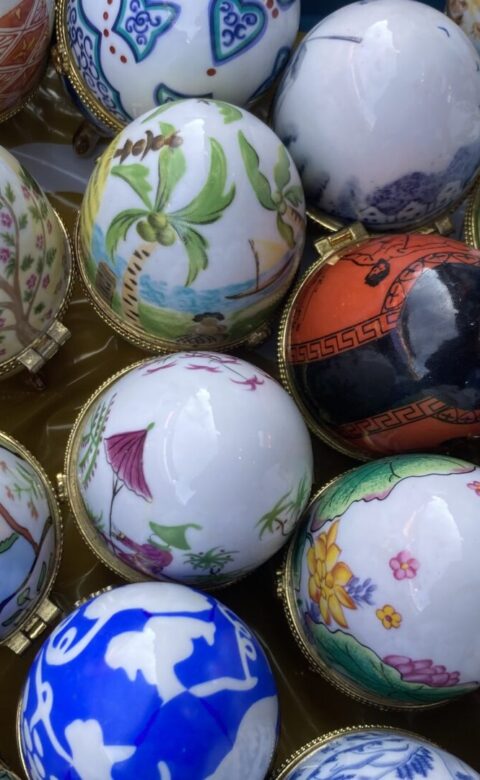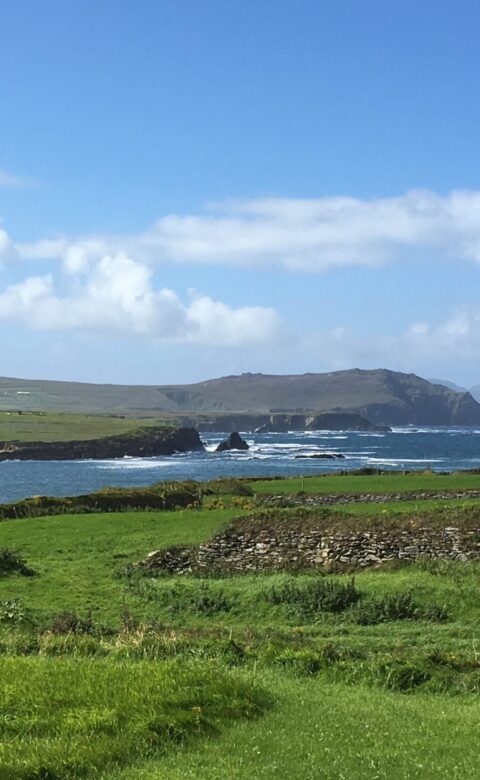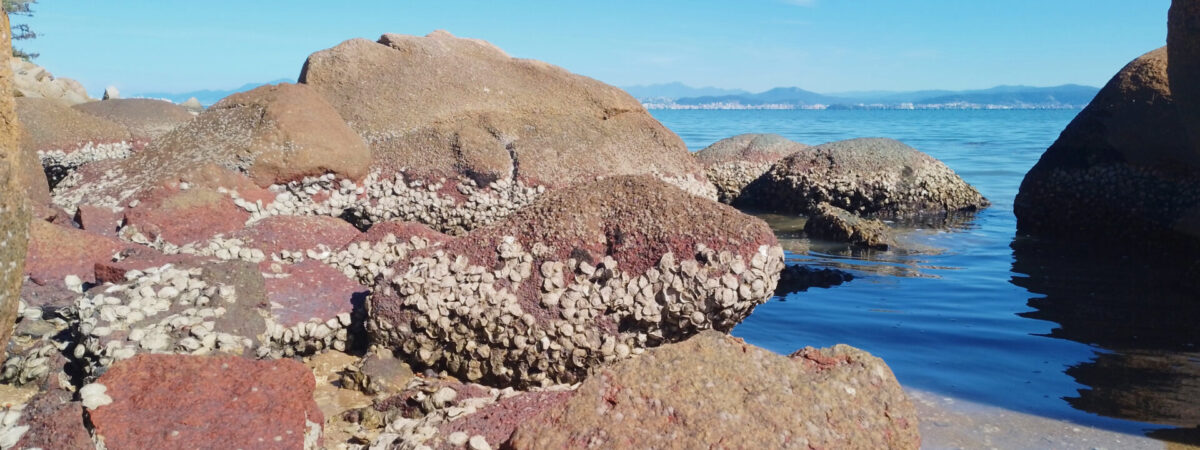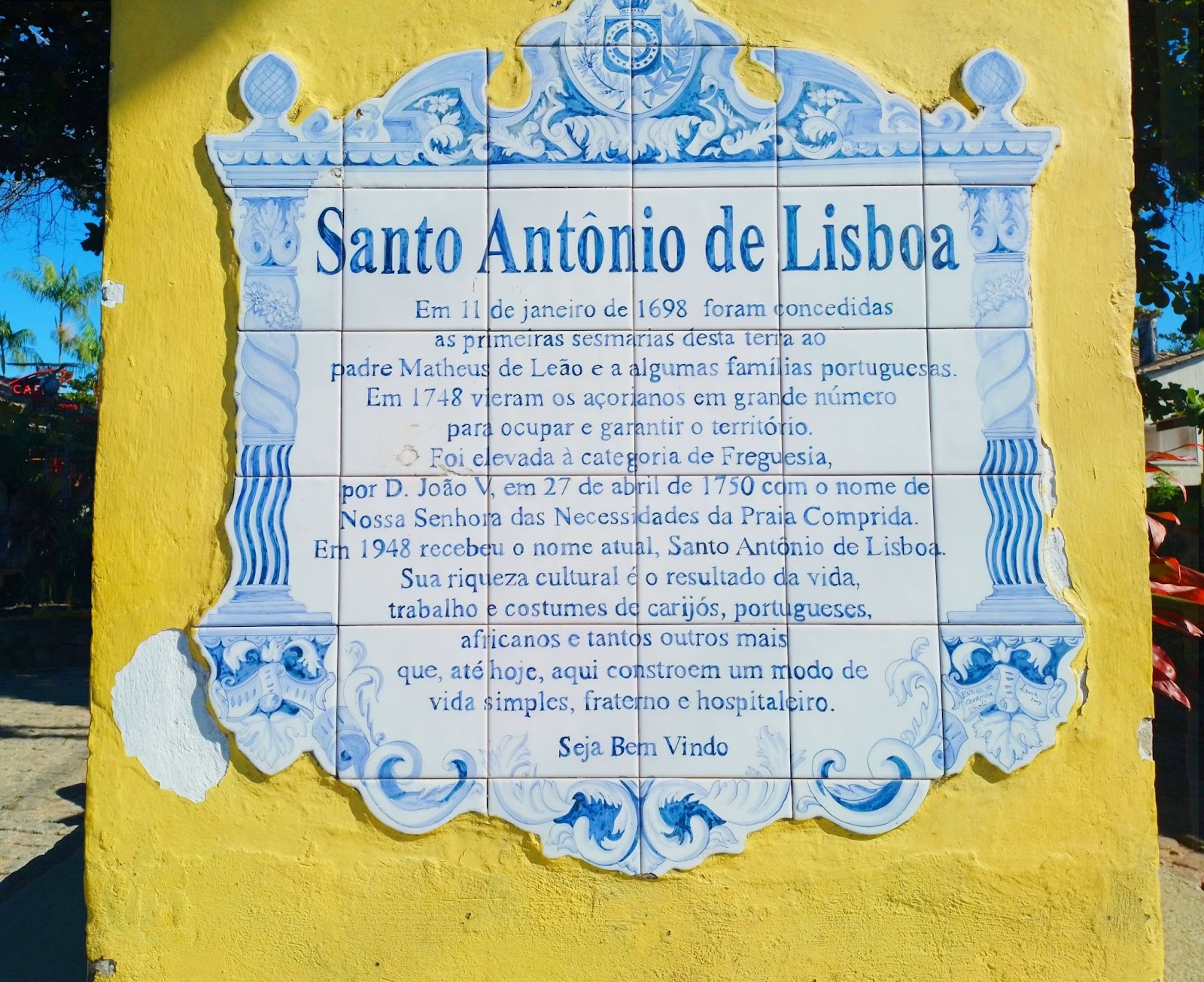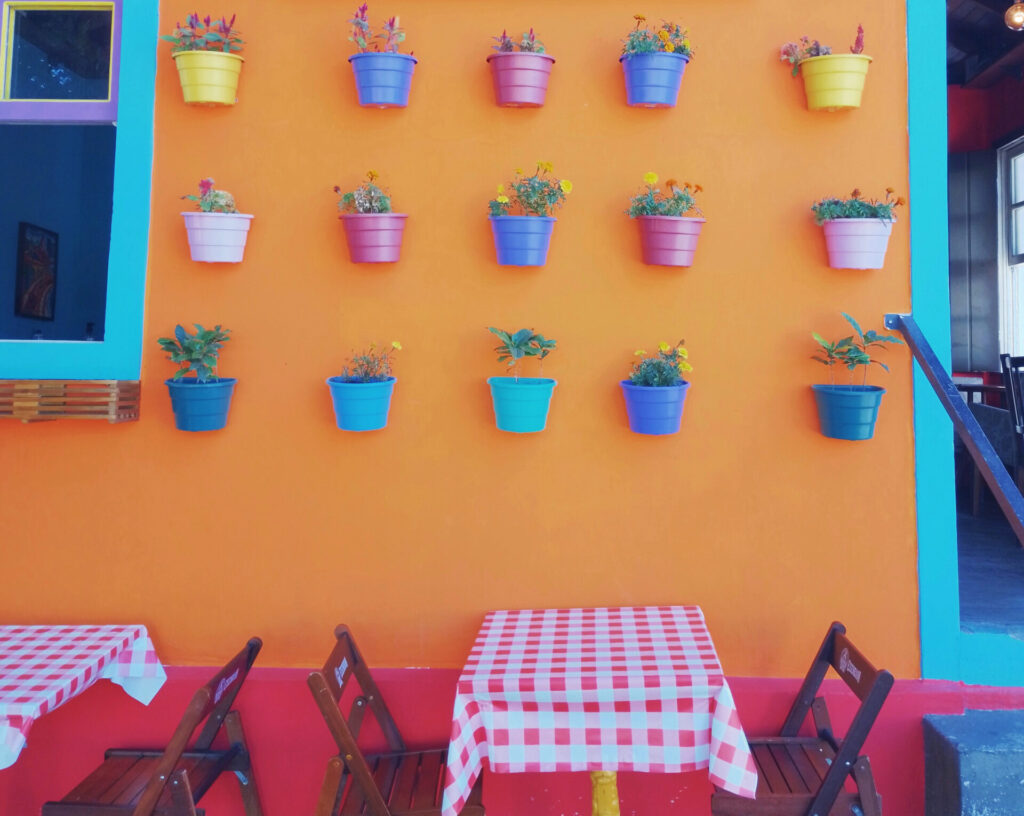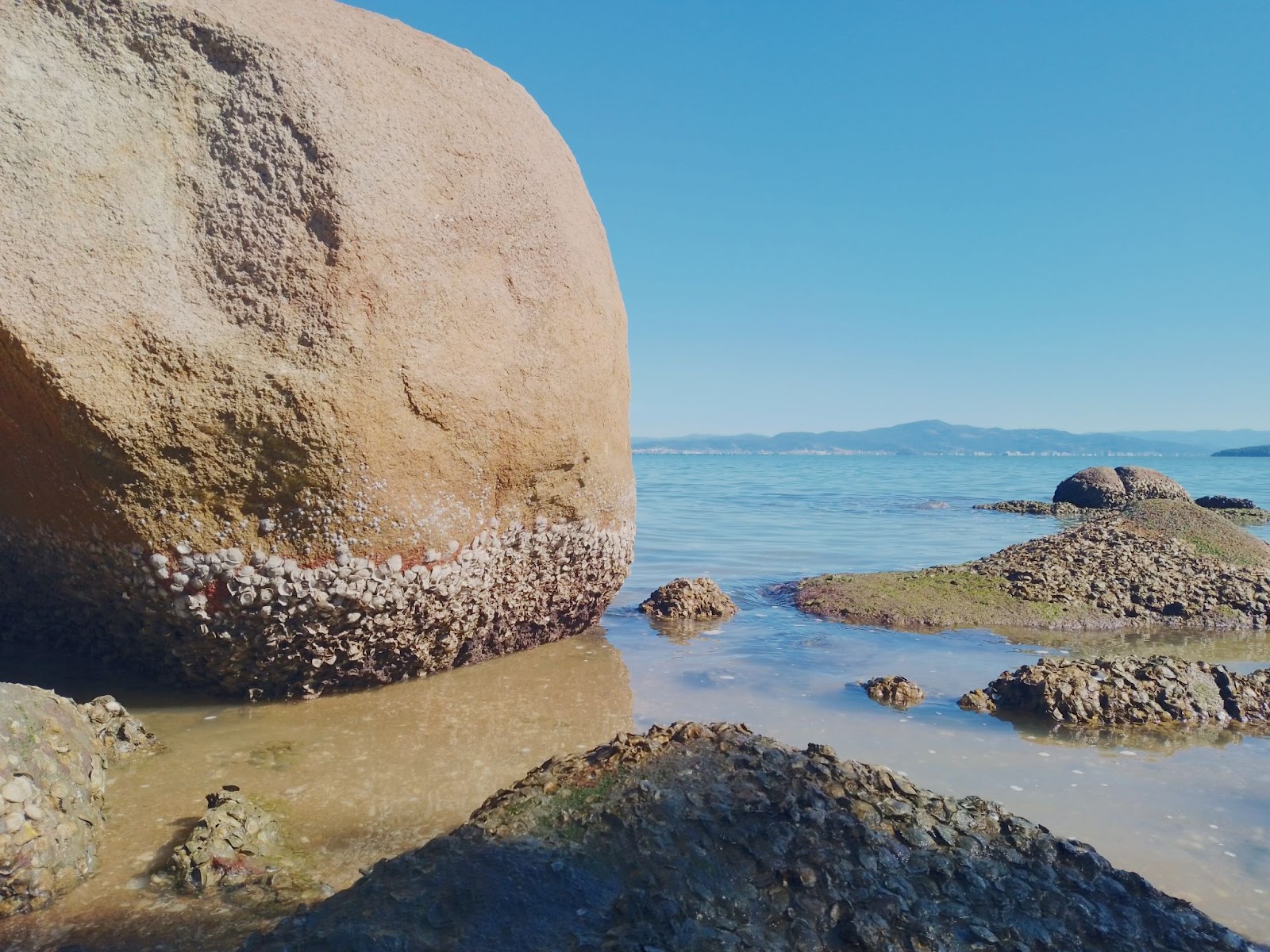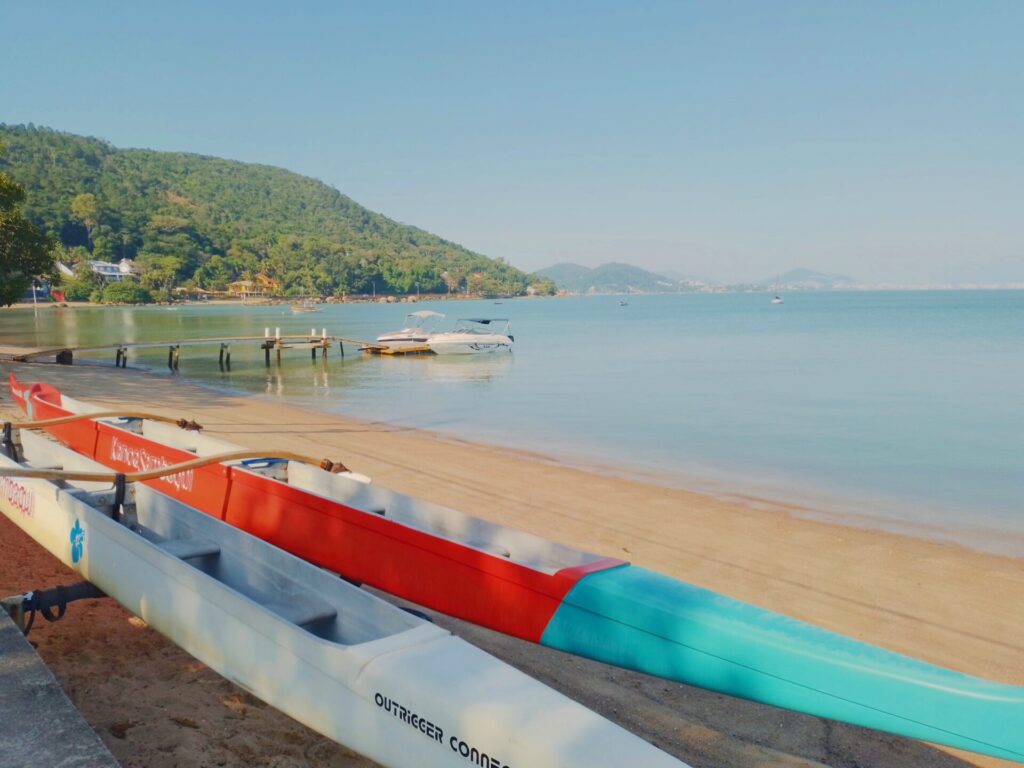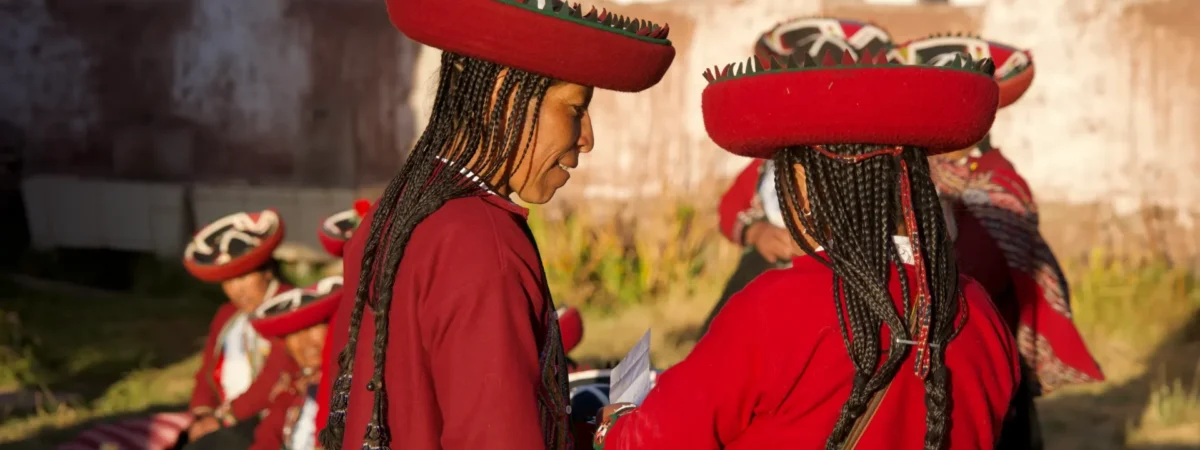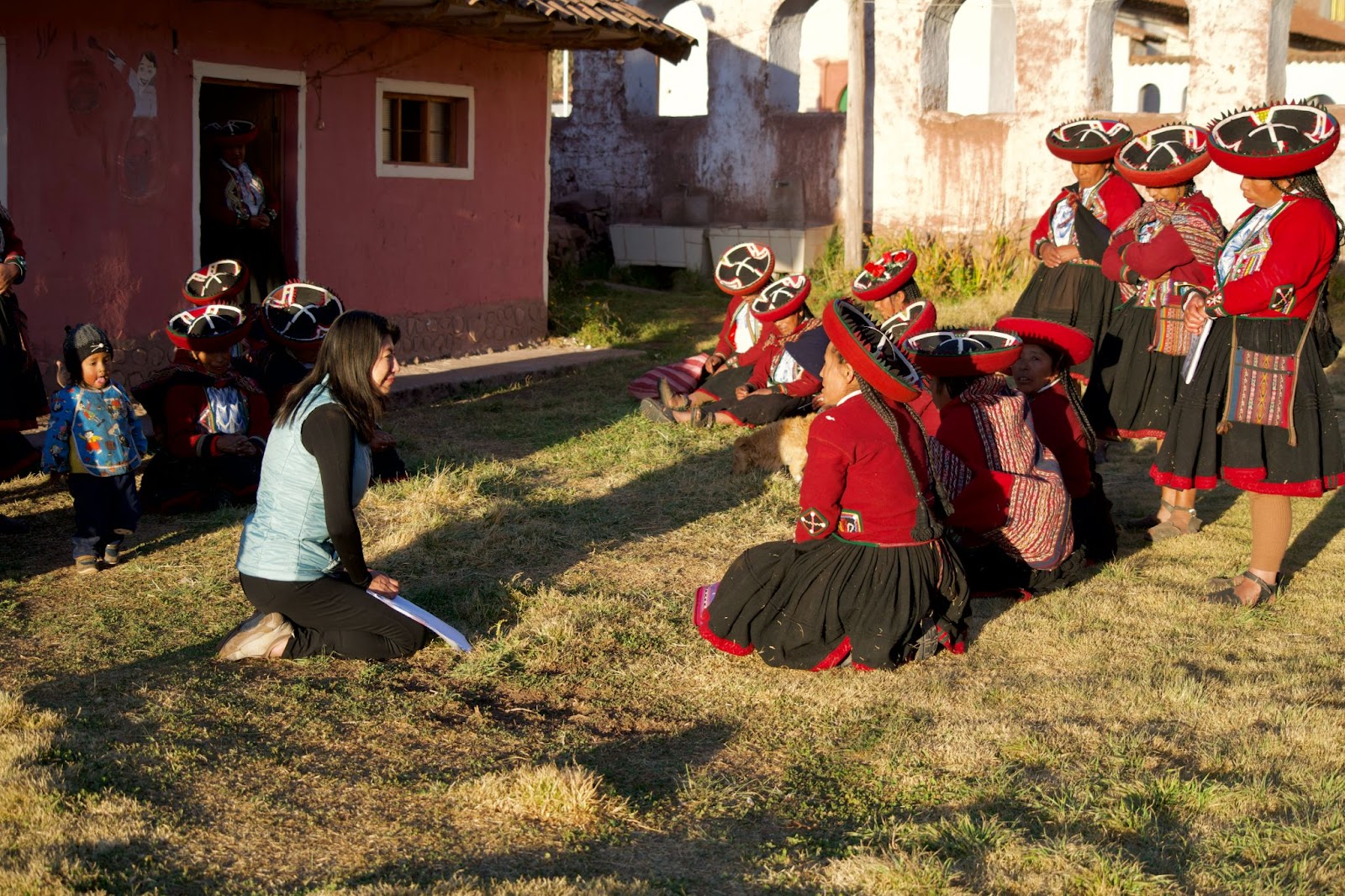From language lessons to outdoor painting, pizza making to yoga practice; what’s your passion, and how can you pursue it through travelling? Instead of sprinting through rigid itineraries or drifting aimlessly through journeys, we can accomplish something special when we set out with a travel intention.
Once upon a time, unless you were a proper adventure traveller, your experience could be largely passive. Fly to the destination, tour the destination, see the sights, take a few photos of the sights and — with any luck — enjoy the weather.
Back in the day, when many people took the first trip outside their native land the package holiday was king. That often included a non-stop itinerary courtesy of a tour company that would shuttle voyagers busily from point A to point B to point C, with room for little else. They were travelling in a pre-planned, carefully organised travel bubble. They were also herded through a selection of ‘must sees’ that someone, somewhere had designated as such.
As far-flung travel became ever more accessible and people’s horizons expanded, more adventurous souls burst that restrictive bubble, shouldered backpacks to trek through continents or crossed borders by rail. They could move with freedom; wandering without the restrictions of somebody else’s plan. But these travelling free spirits didn’t necessarily have any plan; even the most basic.
Though there’s nothing wrong with either of the above approaches, times change and people change along with them.
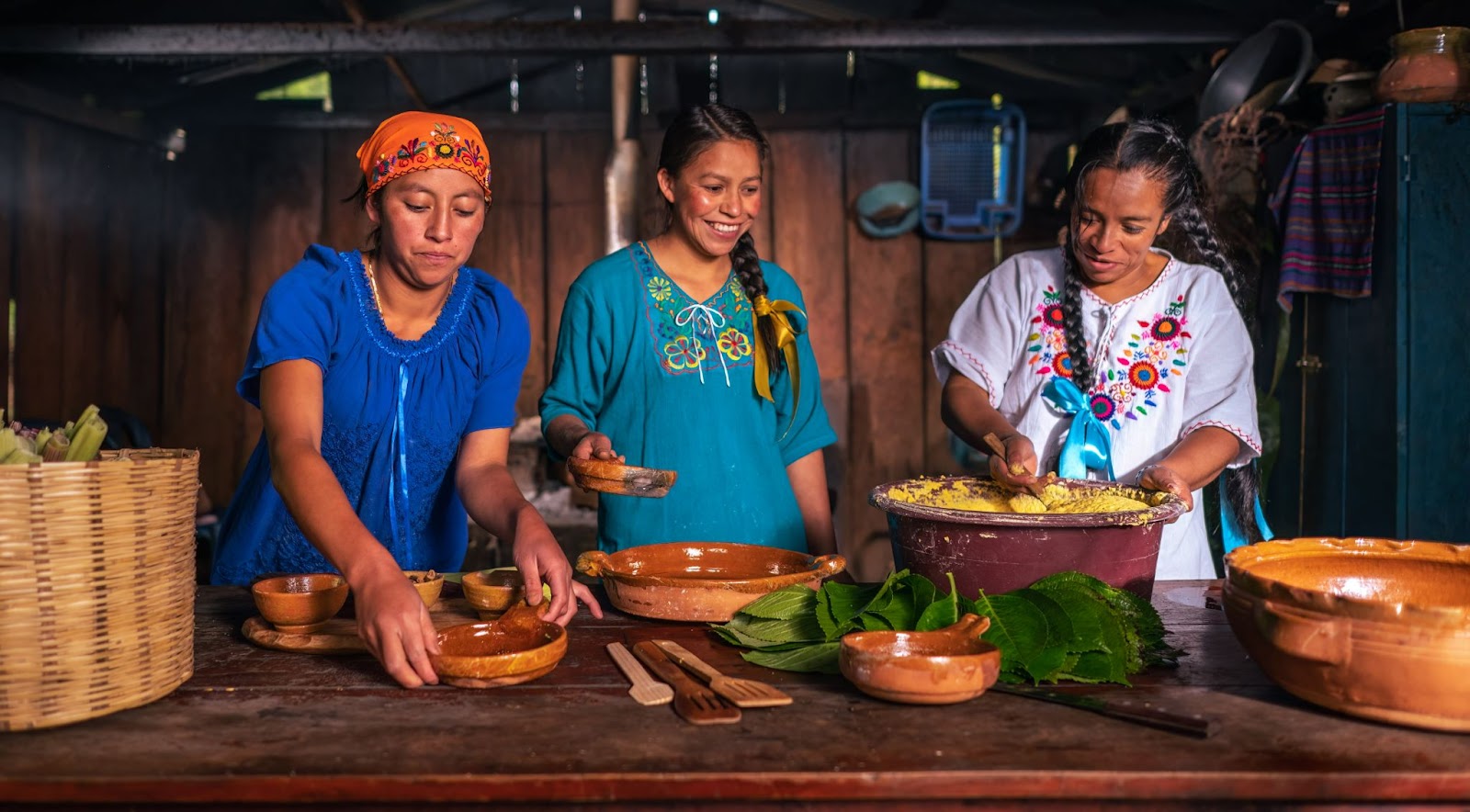
These days, many travellers don’t just want any old holiday experience. Instead of a trip timetabled to the minute or a freewheeling global meander — they want to truly, actively enjoy it. To make it more meaningful and be more mindful. To participate and engage. This doesn’t require a high adventure threshold or meticulous organisation, but a journey based on intention rather than serendipity.
And what better way to engage and travel with purpose than to follow your personal idea of bliss?
Rather than sticking to a tried-and-true ‘to do’ list in a destination or waiting for travelling inspiration to strike once you arrive (though both are valid options), if you’re a keen stargazer why not plan a visit to a quirky little island to fulfil your dream of visiting a dark sky reserve?
Or perhaps you’ve been promising yourself that trip to get away from it all, and you’re an avid writer who can never seem to find the time to put pen to paper (or fingers to keyboard). Make the trip an oasis for your creativity. We can’t guarantee no writer’s block, but having made the journey with writing in mind might be the spark you need.
A trip can be specifically planned to continue a flamenco dancing education or might include tutoring in the art of Italian cooking. Of course you can learn a lot of these things at home (thanks, YouTube) without the travelling. But whatever the motivation, these priceless hands-on interactions are part of forming a deeper acquaintance with a country, its culture, and its people.
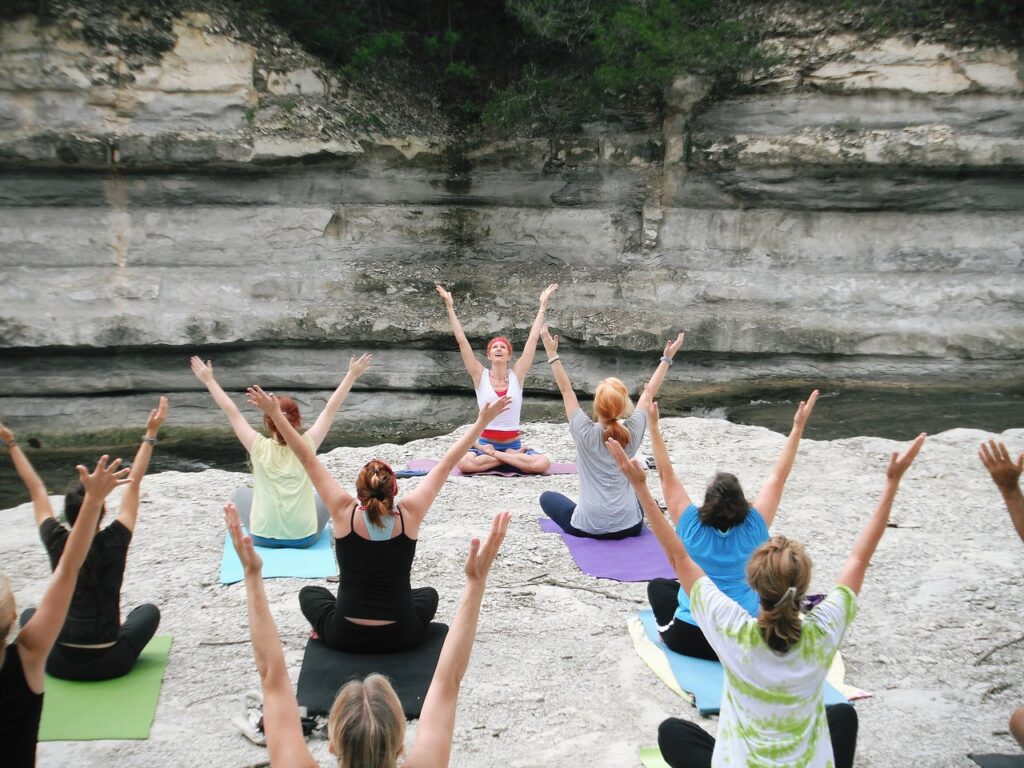
Though it has a clear upside for the person making the journey, travelling with purpose and intention doesn’t just benefit the voyager. It can have more far-reaching effects by helping to take the pressure off of overtouristed destinations, while at the same time encouraging visits to smaller, more out-of-the-way towns and villages where local skills, crafts and knowledge are alive and well. Your engagement can keep them thriving.
Choosing holidays based around a particular activity, dedicated to artistic pursuits, or built on intensive learning is a good way to get immersed and achieve a goal. When you follow what may be a lifelong passion, though you may not master plein-air painting in the space of a fortnight or become fluent in the local language before you leave, you still have an achievement to take home with you. Something lasting which will always be part of you.
And by travelling with purpose, instead of just thinking about it or dreaming of it, you actually did the thing — so well done you!

